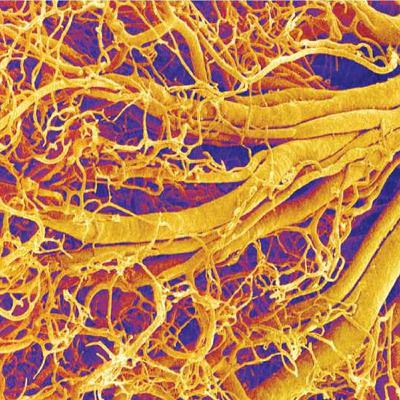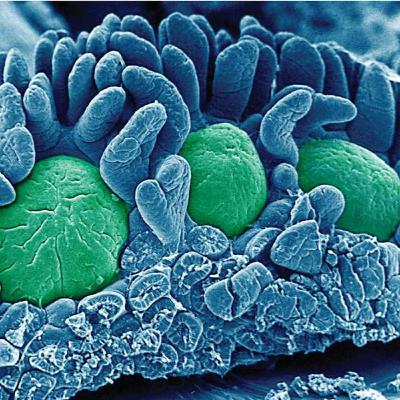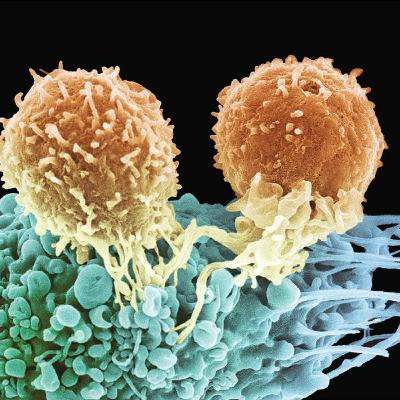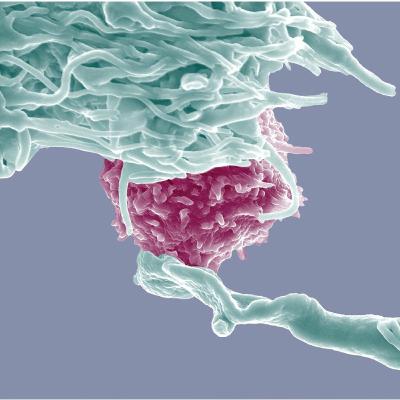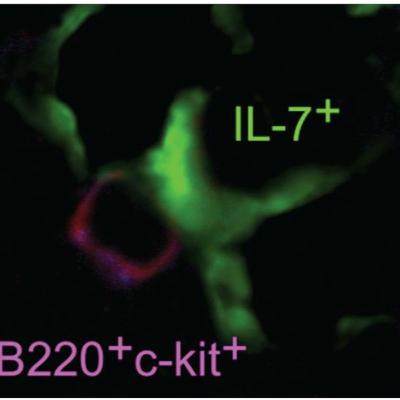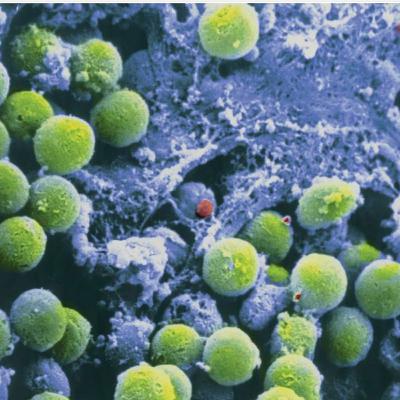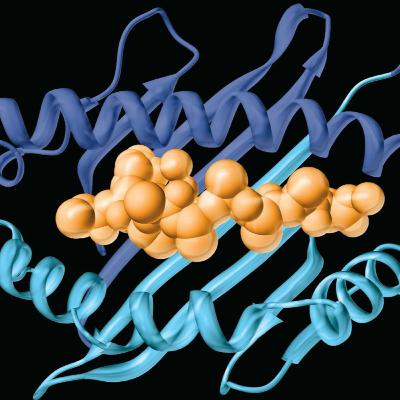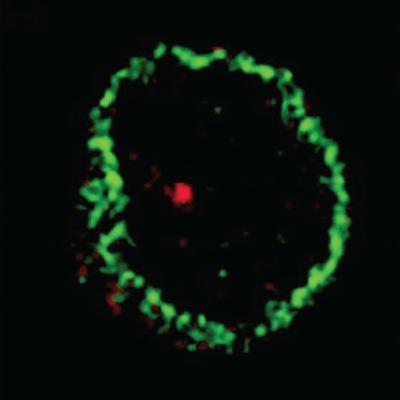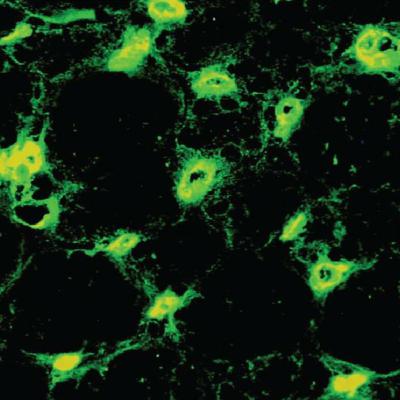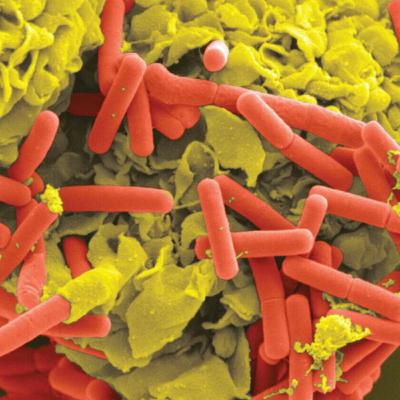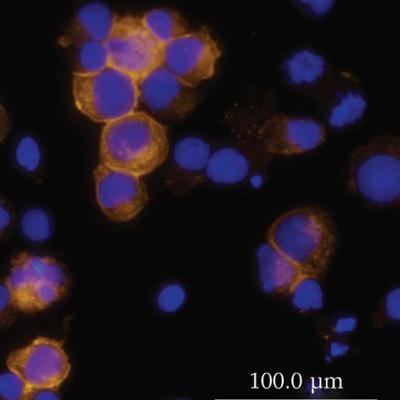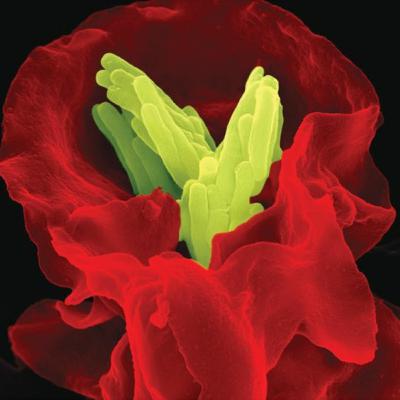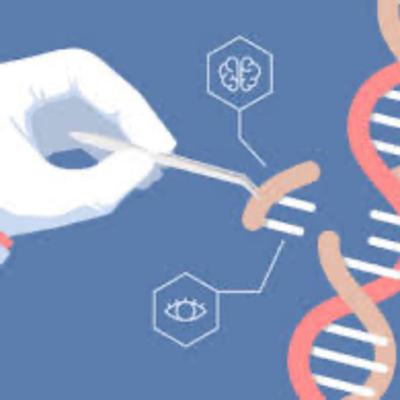Cells, Organs, and Microenvironments of the Immune System (Immunology Part 2)
Description
All blood cells arise from hematopoietic stem cells, which reside primarily in the adult bone marrow. Immune cells differentiate in primary lymphoid organs, which include the bone marrow and, in the case of T lymphocytes, the thymus. Immune cells differentiate in the bone marrow and thymus (primary lymphoid organs), and then travel through the blood and lymphatics to lymph nodes and the spleen (secondary lymphoid organs), where they browse for antigen. Lymphoid cells circulate to lymph nodes and spleen, secondary lymphoid organs where the adaptive immune response is initiated. Innate immune cells, including APCs and neutrophils, provide the first defense against pathogens that penetrate epithelial barriers. Antigen-presenting cells and antigen travel from the site of infection to the lymph nodes, where they meet and activate browsing T and B lymphocytes. Activated T and B cells differentiate into short-lived effector cells that help clear the infection and long-lived memory cells that protect us against repeat infections.

